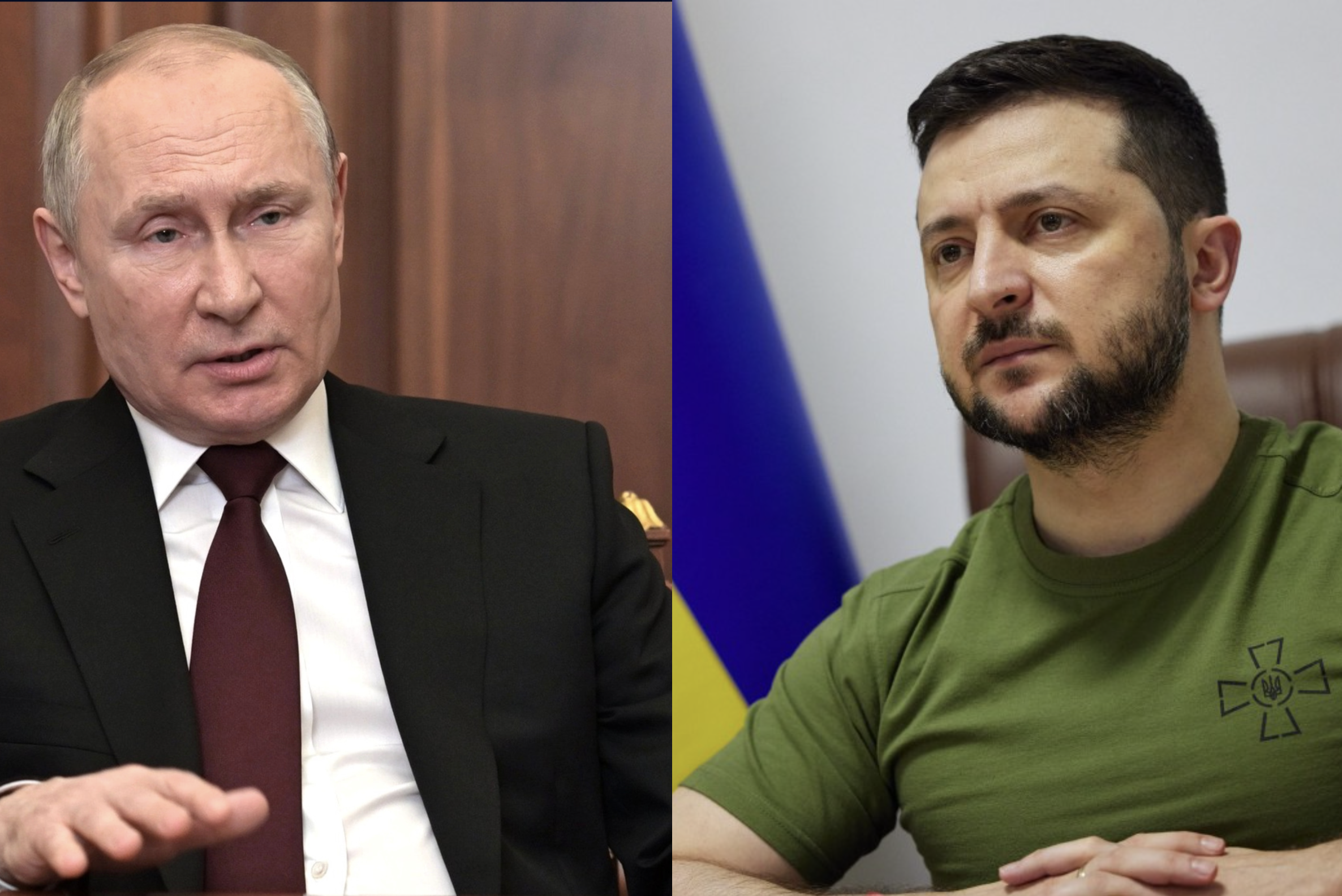Russian GRU agents behind plot to plant incendiary bombs on freight aircraft.
A fire bomb hidden in a DHL package that caught fire in Germany in July was due to be sent by air to the UK as part of a suspected Russian sabotage plot.
The sabotage mission – believed to have been ordered by the Russian military intelligence organisation known as the GRU, may have also been a dry run for a similar attack on the US and Canada, Western Intelligence sources believe.
The magnesium-based device, reported to have been hidden in shipments of massage pillows and electronic gadgets, started a fire on the ground in Leipzig.
Intelligence sources believe that if the device had ignited on a plane then the ensuing fire would have almost certainly caused the aircraft to crash.
Sources indicated the suspect package in Leipzig was also bound for the UK. But why the UK was chosen as the destination for the two devices, originally sent from Lithuania, is not fully clear.
An unconfirmed German report suggests they were addressed to fake recipients at real addresses in the UK, as were two other incendiary devices found in Poland, one of which Polish media said caught fire at a warehouse in Warsaw while the other was successfully intercepted.
Metropolitan police counter-terror officers declined to comment. The only official statement in the UK about the alleged plot was made last month, when counter-terror police confirmed a device had caught fire in Birmingham, nobody was hurt, and it was dealt with “by staff and the local fire brigade at the time”.
But an intelligence source has told National Security News that the plot bore all the hallmarks of a GRU sabotage operation.
The source said: “It is always very difficult to say whether this type of attack can be directly linked to the GRU but it has all of the hallmarks of that type of operation. Putin wants to punish countries helping Ukraine.”

Four people were arrested in Poland as part of the alleged plot, it was announced last week, which the country’s chief prosecutor said was intended to commit sabotage using “camouflaged explosives and dangerous materials” in Europe. Two other individuals are also wanted by investigators in the country.
Another possibility, according to the Polish authorities, was “to test the transfer channel” for similar parcels to be sent to the US and Canada, to see if similarly dangerous and destructive attacks could be reproduced elsewhere.
British police and officials, as well as their European counterparts in Germany, Poland and Lithuania, strongly suspect that Russia was behind the attacks as part of an effort to cause “mayhem” in the west in retaliation for western military support to Ukraine.
Last month, Ken McCallum, the head of MI5, warned that Russia’s GRU military intelligence appeared to be on “a sustained mission to generate mayhem on British and European streets: we’ve seen arson, sabotage and more”.
His German counterpart, Thomas Haldenwang, told the Bundestag that had the Leipzig package started burning during a flight “it would have resulted in a crash”. Although Haldenwang did not say Russia was behind the fire when he gave evidence, he accused the Kremlin’s spy agencies of “putting people’s lives at risk”.
On Monday, the Wall Street Journal reported that the massage items in the suspect packages were booby trapped with a magnesium-based flammable substance. Magnesium fires are notoriously difficult to put out and are worsened if water is applied; special dry powder extinguishers should be used instead.
Russia has denied involvement in the alleged plot. “These are traditional unsubstantiated insinuations from the media,” Kremlin spokesperson Dmitry Peskov told the US newspaper.

































































































































































































































































































